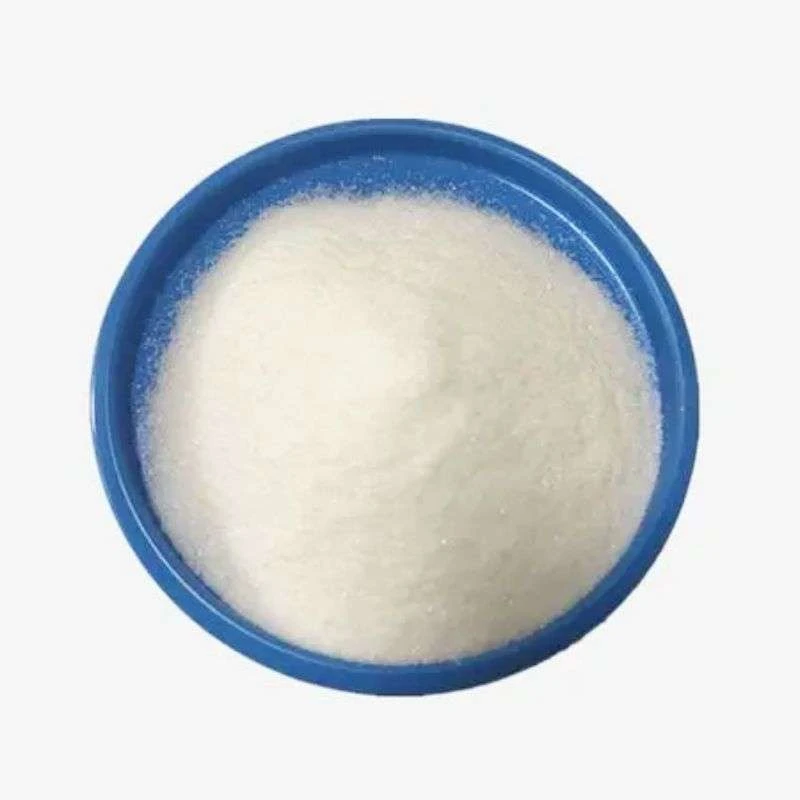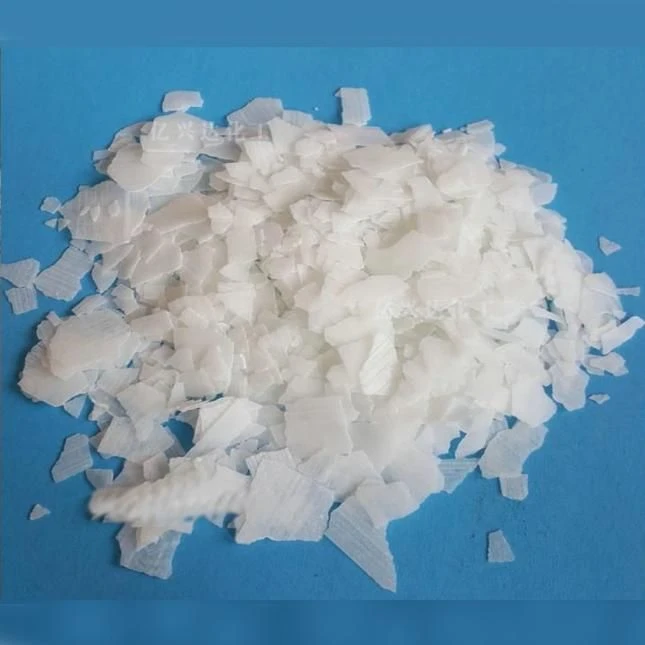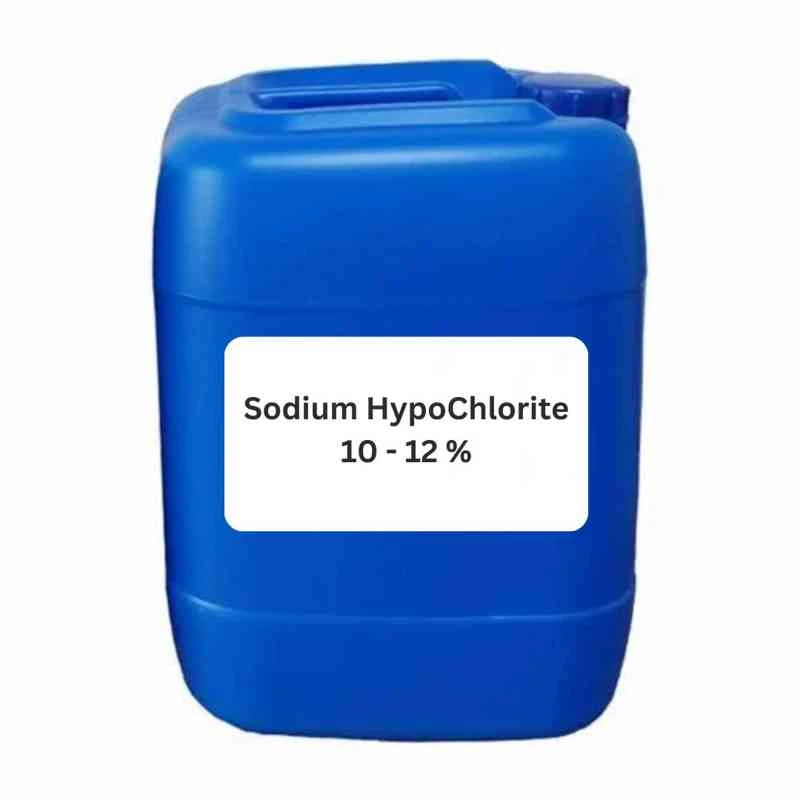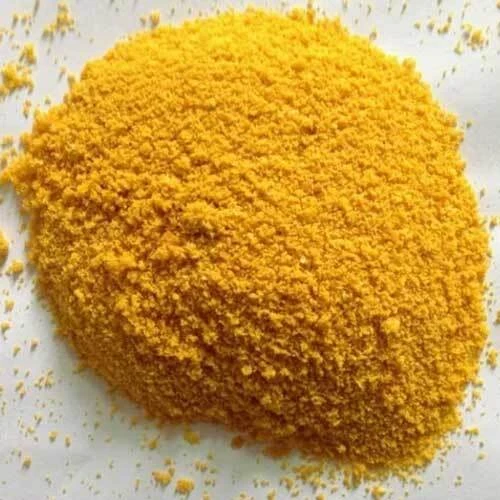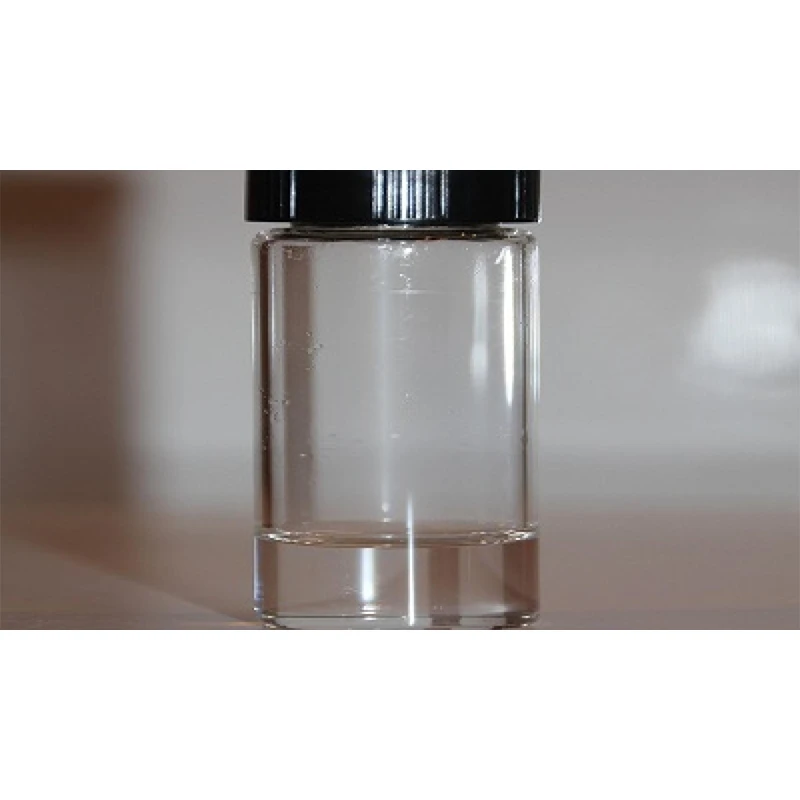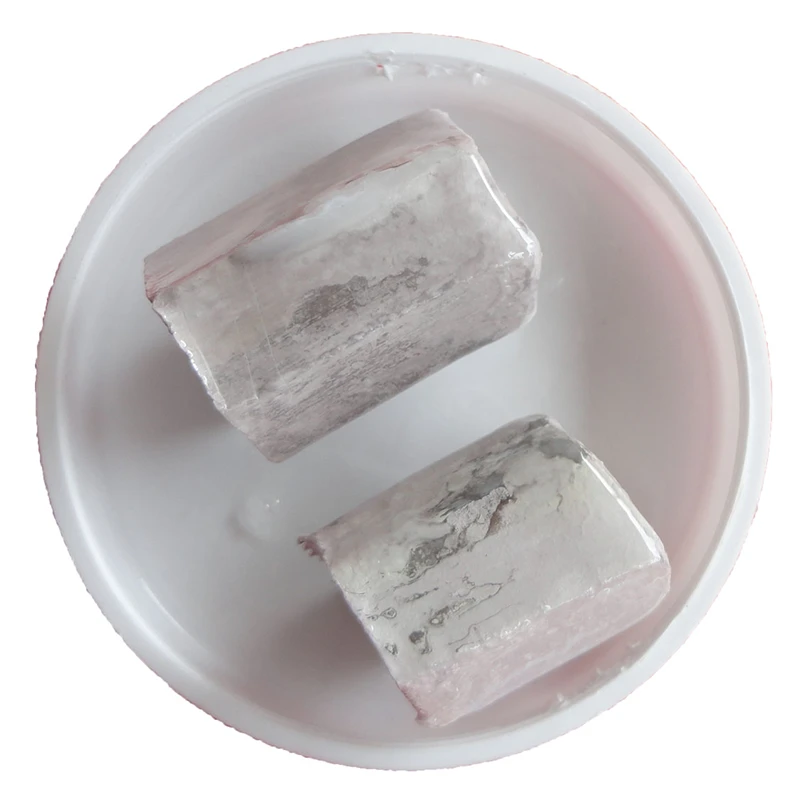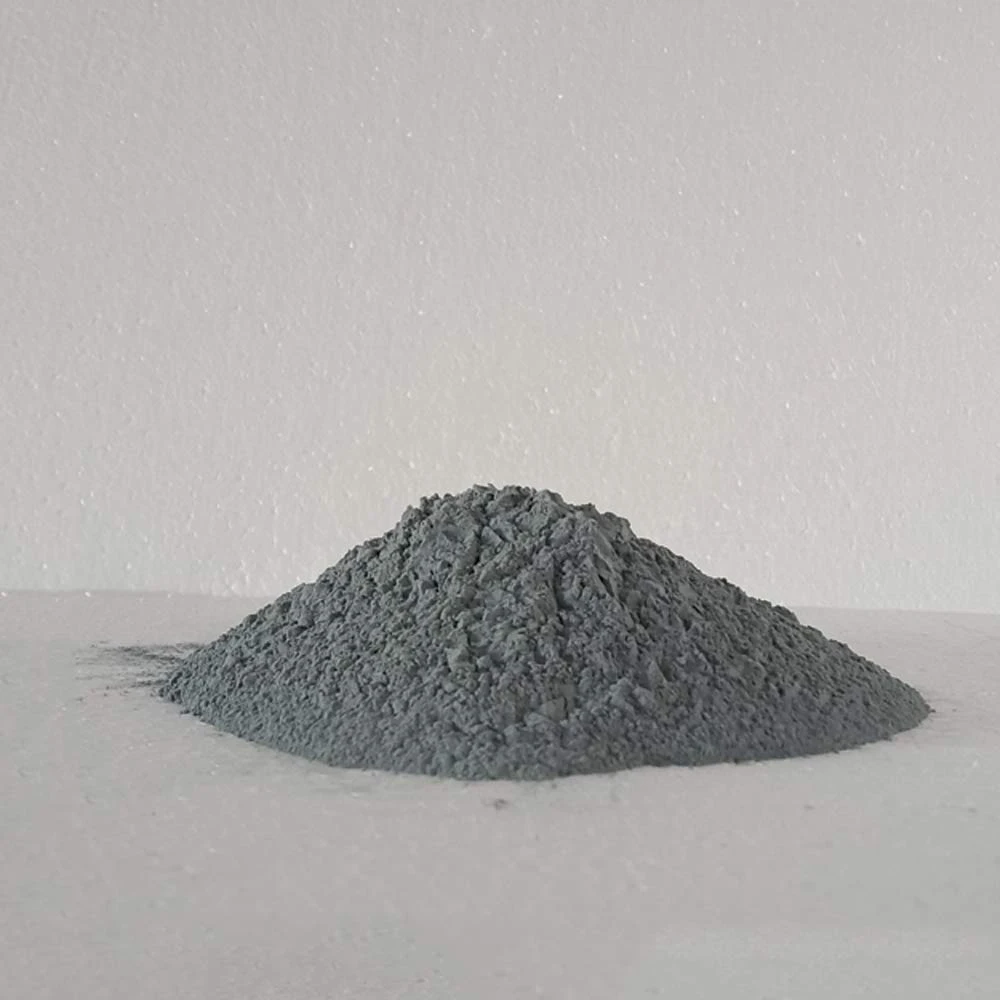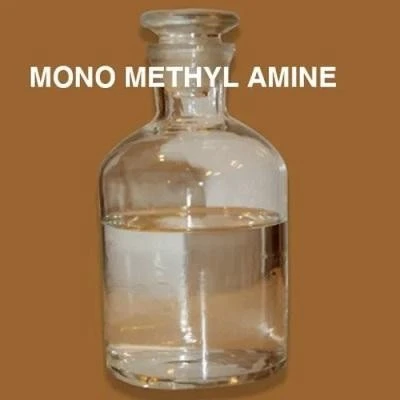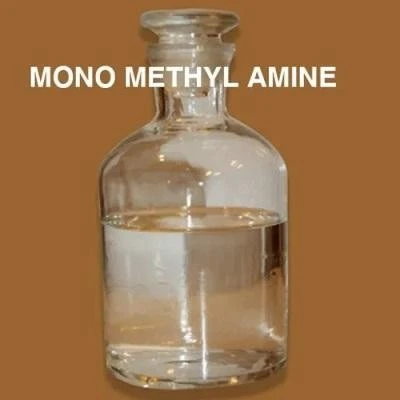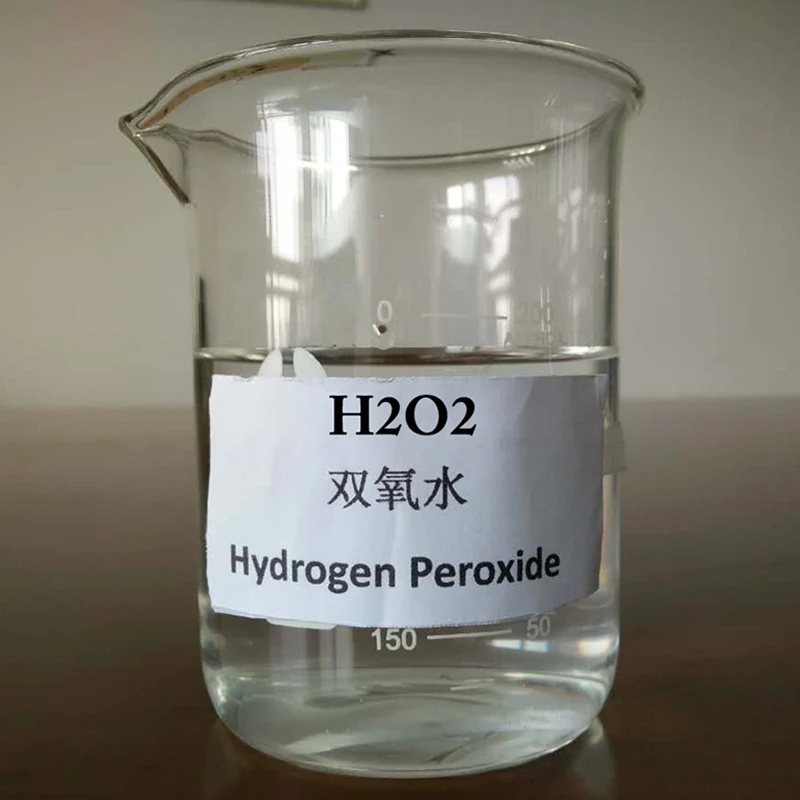


Dimethyl Sulfoxide: Key Assistance in Sample Management and Drug Screening
In the fields of scientific research and medicine, Dimethyl Sulfoxide, as a special organic compound, plays an irreplaceable role in sample management and high-speed drug screening due to its unique physical and chemical properties, and has become an important substance for promoting efficient research in related fields.
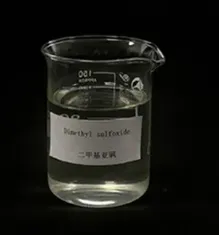
Dimethyl Sulfoxide exhibits a series of significant physical and chemical properties
DMSO solvent is a colorless and transparent liquid with high polarity, high boiling point, and good stability. It can be mixed with various organic solvents such as water, ethanol, and ether in any proportion. Its most prominent feature is its strong permeability, which can penetrate biological barriers such as cell membranes, making it a unique advantage in biological sample processing. Meanwhile, Dimethyl Sulfoxide has strong chemical inertness and is not easily reactive with most bioactive substances, providing a guarantee for the stable storage of samples and drug components.
The role of Dimethyl Sulfoxide is crucial in sample management
For biological samples, it is an efficient cryoprotectant. When storing samples such as cells and tissues at low temperatures, DMSO dimethyl sulfoxide can lower the freezing point of the samples, reduce the formation of ice crystals, and thus prevent cells from losing their activity due to ice crystal damage, significantly improving the survival rate and recovery quality of the samples. In addition, it can effectively maintain the stability of biomolecules in the sample, prevent protein denaturation, nucleic acid degradation and other situations, ensure that the sample can still maintain its original biological characteristics after long-term storage, and provide a reliable sample basis for subsequent research.
Rapid drug screening is a crucial step in the development of new drugs, and Dimethyl Sulfoxide plays a central role in this process
Due to its excellent solubility, DMSO dimethylsulfoxid can dissolve various insoluble drug components in water, forming a uniform and stable solution, ensuring accurate concentration and uniform distribution of drugs in screening experiments. Meanwhile, with its strong penetration ability, Dimethyl Sulfoxide can promote the rapid entry of drug components into cells, improve the efficiency of drug target interaction, and shorten screening time. In high-throughput drug screening, it can be compatible with multiple screening systems, ensuring efficient screening processes and significantly improving the speed of new drug development.
With the continuous development of pharmaceutical research and development technology, the application of Dimethyl Sulfoxide is also constantly expanding and optimizing
In the research of new drug delivery systems, pure DMSO is often used as an auxiliary ingredient to improve the bioavailability of drugs; In automated sample processing platforms, its stable chemical properties and good compatibility make it an ideal solvent for sample dilution, transfer, and other operations. Researchers continuously explore its potential in sample management and drug screening by delving into its mechanism of action, further improving the accuracy and efficiency of related research.
In summary, Dimethyl Sulfoxide, with its unique physical and chemical properties, ensures the activity and stability of biological samples in sample management, promotes drug dissolution and penetration in high-speed drug screening, and accelerates the process of new drug development. Its importance in related fields is self-evident, and it is an indispensable key material in scientific research and pharmaceutical fields, providing strong support for promoting the progress of pharmaceutical technology.
Dimethyl Sulfoxide FAQs
What is the main role of Dimethyl Sulfoxide in drug screening?
Dimethyl Sulfoxide (DMSO) is an organic solvent with strong polarity and excellent solubility, capable of dissolving various polar and non-polar compounds. In drug screening, it is often used as a solvent carrier for drug candidate compounds, ensuring uniform dispersion of active ingredients and maintaining stability, especially suitable for the delivery of trace compounds in high-throughput screening (HTS). Its low toxicity and cell membrane penetration also contribute to enhancing the bioavailability of drug molecules.
Why is Dimethyl Sulfoxide suitable for low-temperature preservation of biological samples?
DMSO has significant low-temperature protective properties, which can reduce the damage of ice crystal formation to cells. When freezing and storing cell, tissue, or protein samples, they are usually added at a concentration of about 10%, which binds water molecules through hydrogen bonding to slow down the growth rate of ice crystals. This characteristic makes it a key cryopreservation medium for biological sample banks and cell therapy fields, which can maintain sample activity even after long-term storage.
How does Dimethyl Sulfoxide affect the accuracy of experimental results in drug screening?
Although DMSO can enhance drug solubility, high concentrations (usually exceeding 0.1%) may cause toxicity to cells or interfere with signaling pathways, leading to false positive/negative results. The experiment needs to strictly control its concentration and eliminate interference through a solvent control group. In addition, the hygroscopicity of DMSO may alter the concentration of compounds, and it is necessary to ensure a dry storage environment.
What are the potential risks of Dimethyl Sulfoxide in sample management?
The high permeability of DMSO may cause sample evaporation or moisture absorption when the container is not tightly sealed, affecting concentration stability. Long term exposure to light may produce oxidation by-products, which need to be stored away from light. Wear protective equipment during operation as it can promote the absorption of other chemicals through the skin. A standardized labeling system and packaging process can reduce the risk of cross contamination.
How to optimize the use of Dimethyl Sulfoxide in high-speed drug screening?
It is recommended to use gradient dilution method to reduce the final concentration and avoid cytotoxicity. Combined with an automated liquid processing system, the addition amount can be precisely controlled to the microliter level. Pre experiments should evaluate the effects of different concentrations of DMSO on specific cell models. For sensitive experiments, alternative solvents such as propylene glycol can be explored, but solubility and compatibility need to be balanced.
-
Zinc Chloride: a reliable stabilizer for ice dye color salts in the dye industryNachrichtAug.11,2025
-
Propargyl Alcohol: A Multifunctional Chemical Additive in the Industrial FieldNachrichtAug.11,2025
-
Phosphorus Pentasulfide: a special material that combines moisture absorption and basic chemical valueNachrichtAug.11,2025
-
Natural Pesticides: The Environmental Choice for Green Prevention and ControlNachrichtAug.11,2025
-
Grass Pesticide: the invisible guardian of green lawnsNachrichtAug.11,2025
-
Uncover the Benefits of Sodium ChlorateNachrichtJun.24,2025
-
Sodium for Sale: Your Essential ResourceNachrichtJun.24,2025
